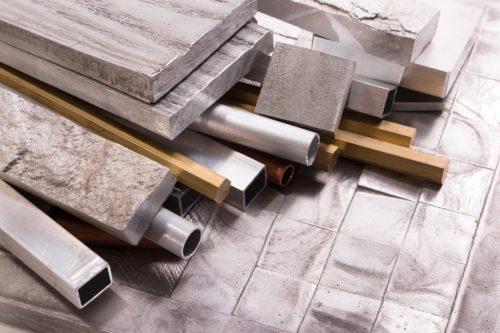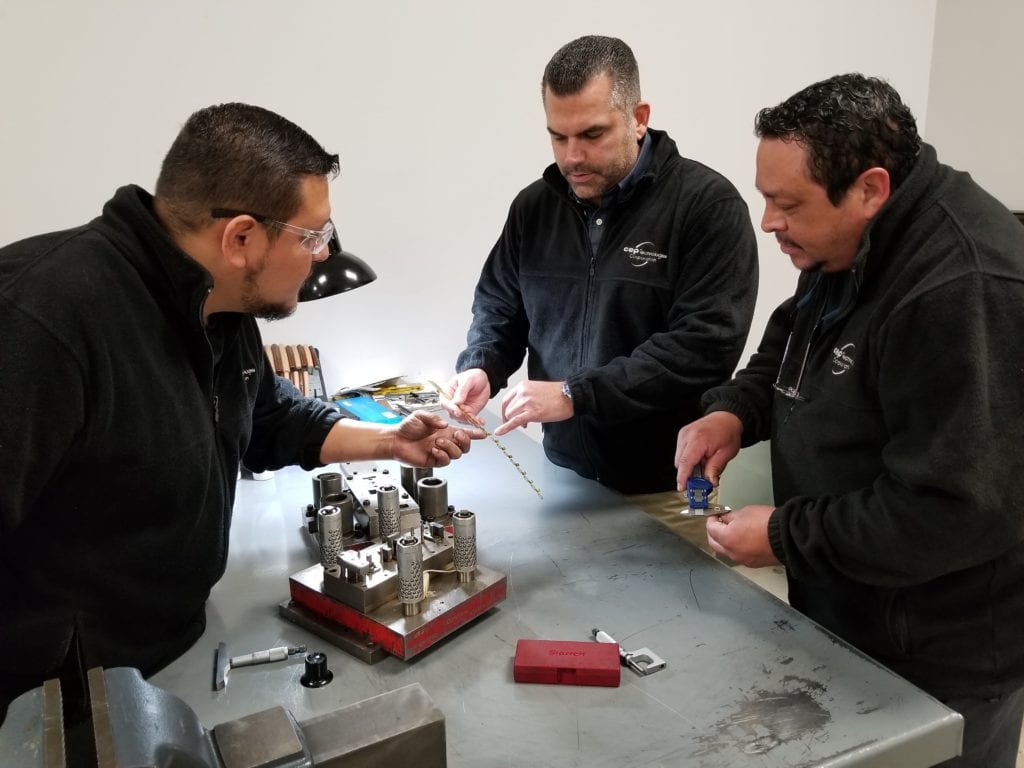By the time you’re ready to select a progressive stamper, your design is pretty well locked in, decisions about materials are made, and you’re ready to pull the trigger on production. Before doing so, it might be worth considering alternative metal materials or processes in the interest of saving money, time, or both.
Won’t it Take Longer to Reconsider Materials?
Of course you don’t want to stretch out time to market by agonizing over every possible option. Often, the fear of delaying production feeds into overcommitment to the original design merely because it was the first one and is “good enough.” Or we experience “investment bias” and develop a preference for the original plan simply because so much time has already been spent on it.
But taking time to consider a select few alternate ideas is not the same as endless redesigns or going back to the drawing board. Drawing on years of manufacturing experience with many industries and materials, expert stampers like CEP Technologies Corporation, can provide critical suggestions that have the biggest impact on cost and performance, without overwhelming you with possibilities.
The small amount of extra time spent upfront results in a more efficient manufacturing process, lower material costs, or both.
Small Changes Add Up to a Better Component

For example, as we explain here, “If a high-performance application does not utilize a high-performance raw material, the component will fail. If a high-performance raw material is not needed for the component application, part cost will unnecessarily increase.”
Even in safety-critical applications like automotive sensors or medical devices, there is almost always more than one way to design and manufacture a part. Of course the properties of different metals make them more or less suitable for different end uses, so not all materials are options on the table. However, in some cases, different grades of stainless steel may be suitable substitutes, or different alloys of aluminum may impart added benefits to the finished piece. A stamper can help you evaluate the options based on how metals behave in the real world.
To keep things productive, develop a collaborative relationship with your stamper. This means sharing details of design intent and critical functionality of the component. That helps your stamper’s team make targeted suggestions that will have the greatest impact on the project. Some examples include:
- Saving money with selective plating. Try to minimize the amount needed of the most expensive materials. In this example, a costly gold-plated contact was eliminated by selectively plating just the contact region with gold. This also eliminated the need to weld the contact in place post-production, further reducing costs. Learn more about selective electroplating here.
- Reducing costs with pre-plated materials. Some parts require a thin layer of material to be applied over the base metal in order to improve solderability, corrosion resistance, or thermal conductivity. Electroplating is a common way to accomplish this; however, it adds extra steps to manufacturing. With certain part geometries, the plating process can create an uneven “dog leg” effect that impacts tolerances and fit. Stamping with pre-plated material, as described here, achieves an even thickness and all-over layer of plating material with fewer post-production steps.
- Matching metal characteristics with critical function. In EMI/RFI shielding applications, the choice of materials involves balancing the characteristics of the metals (e.g. conductivity, solderability, permeability, thickness, weight) to create the best protective shield within time and budget constraints. Several material choices may be suitable depending on requirements.
CEP Technologies: Your Partner in Productivity
When choosing a stamper, ask if they do a variety of custom metal stamping work. Custom stampers have experience with a range of part designs and raw materials, so they know what works (and what doesn’t) and can advise you on economical and efficient manufacturing.
For example, if a design includes sharp bends but calls for an inherently brittle grade of steel, your stamper may be able to suggest an alternative steel or a design “tweak” to change the bend angles to be more compatible with the original material. At CEP Technologies, we can do just that – see for yourself. Our expert design and manufacturing team will help you reduce the risks associated with rework or part failure, saving you time and money in the long term. Contact us with questions or read more about our services!
